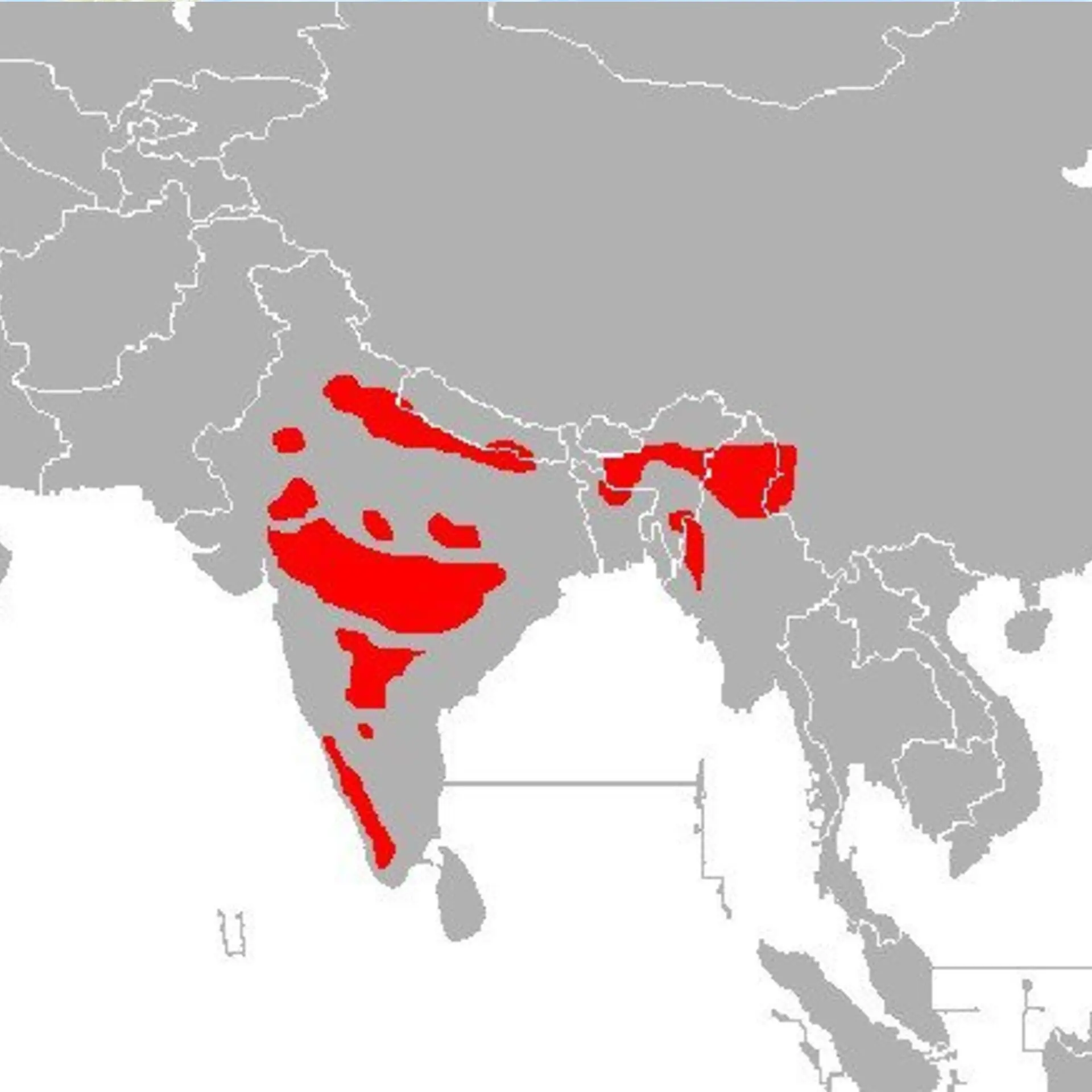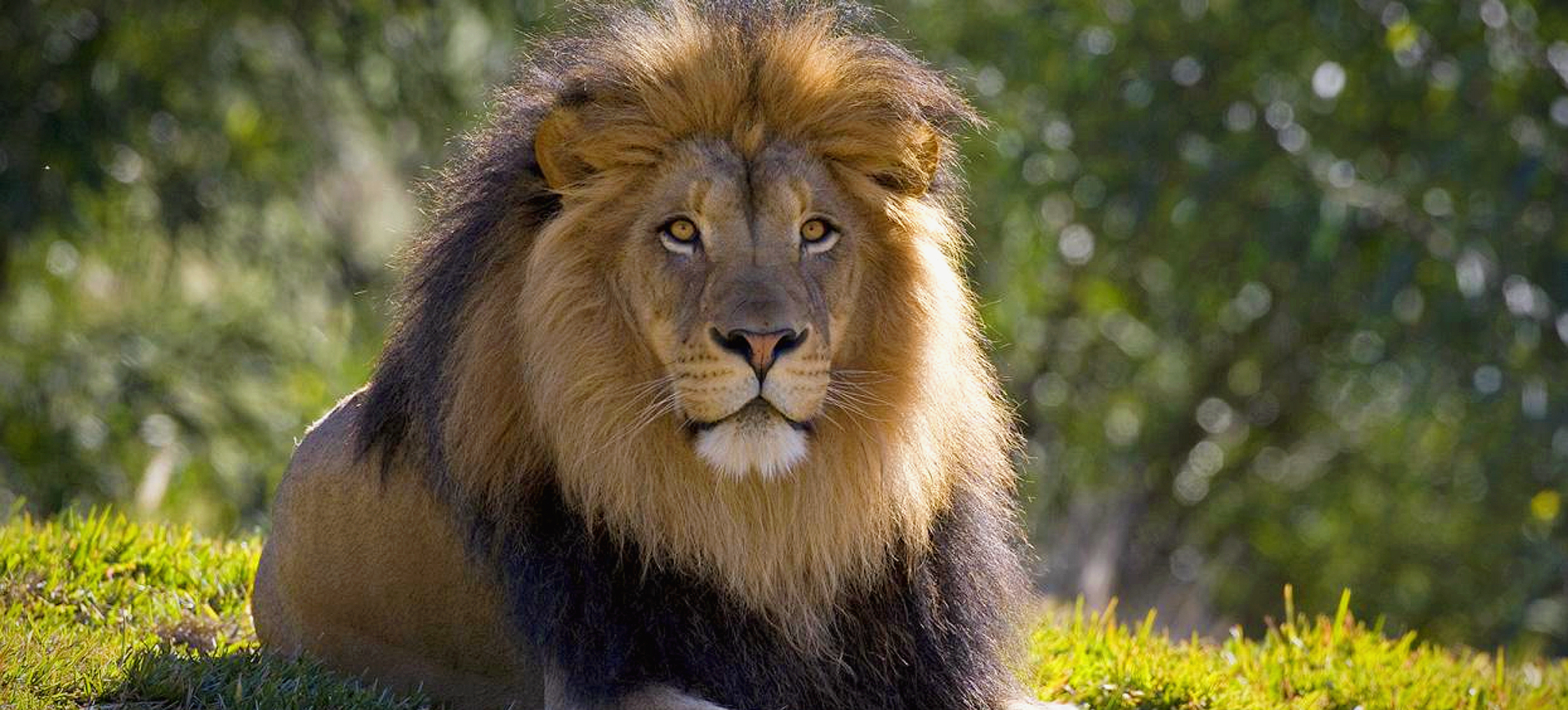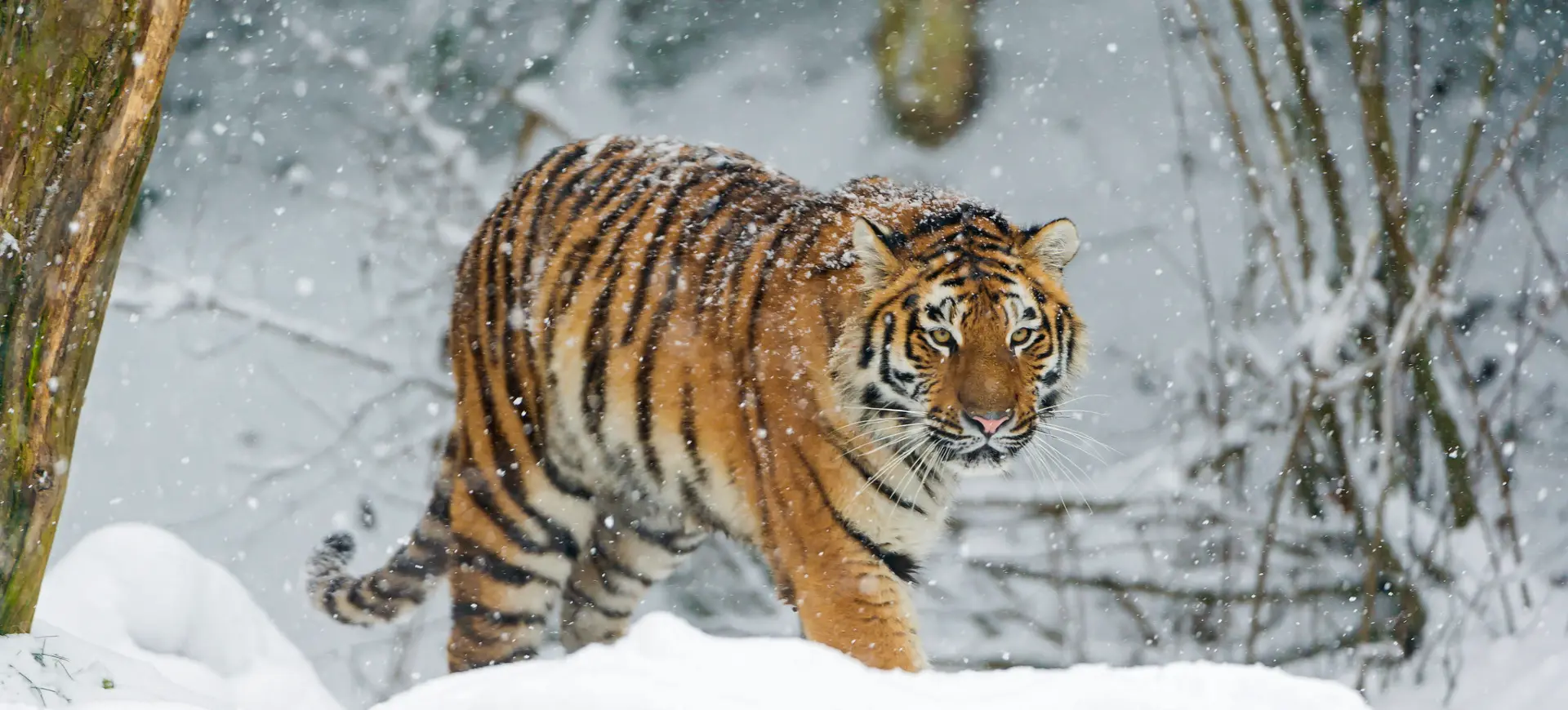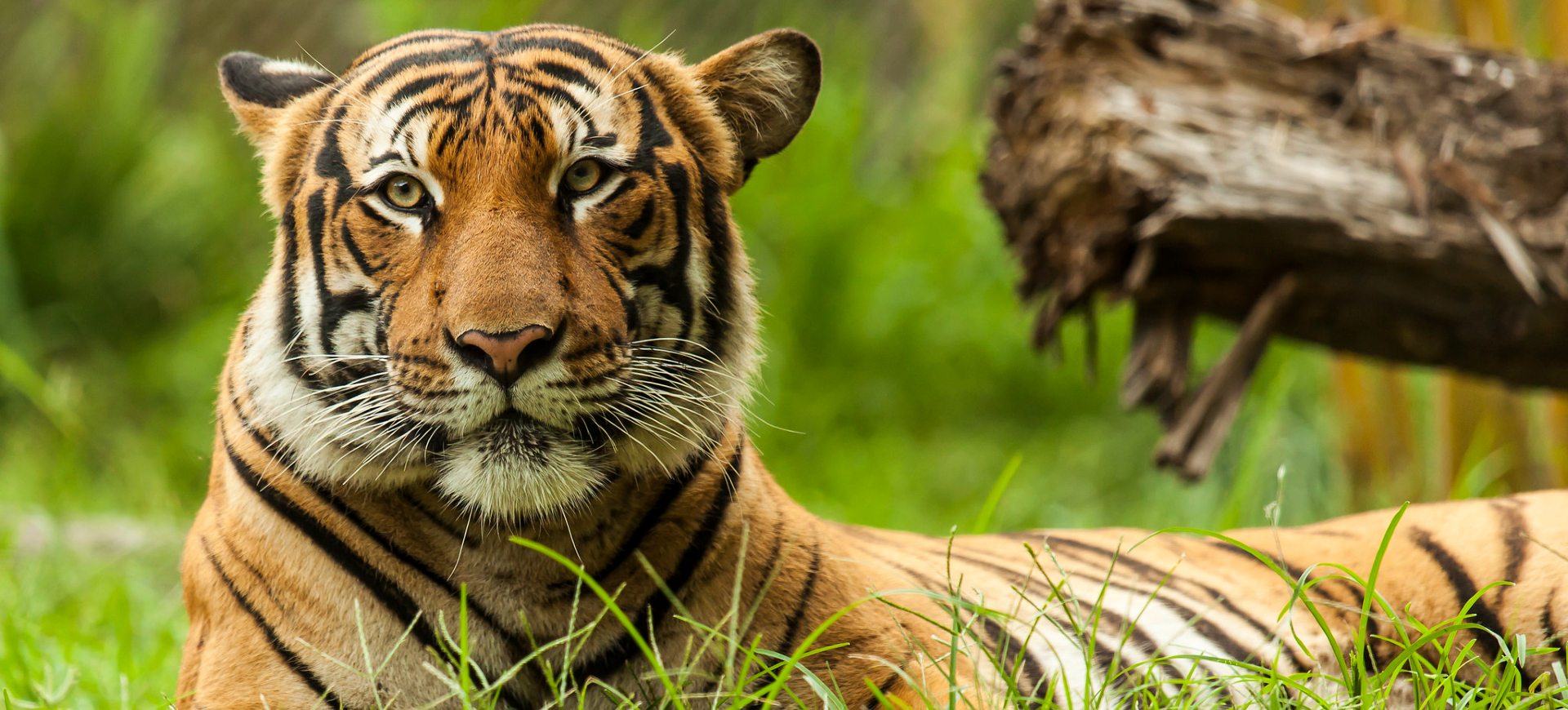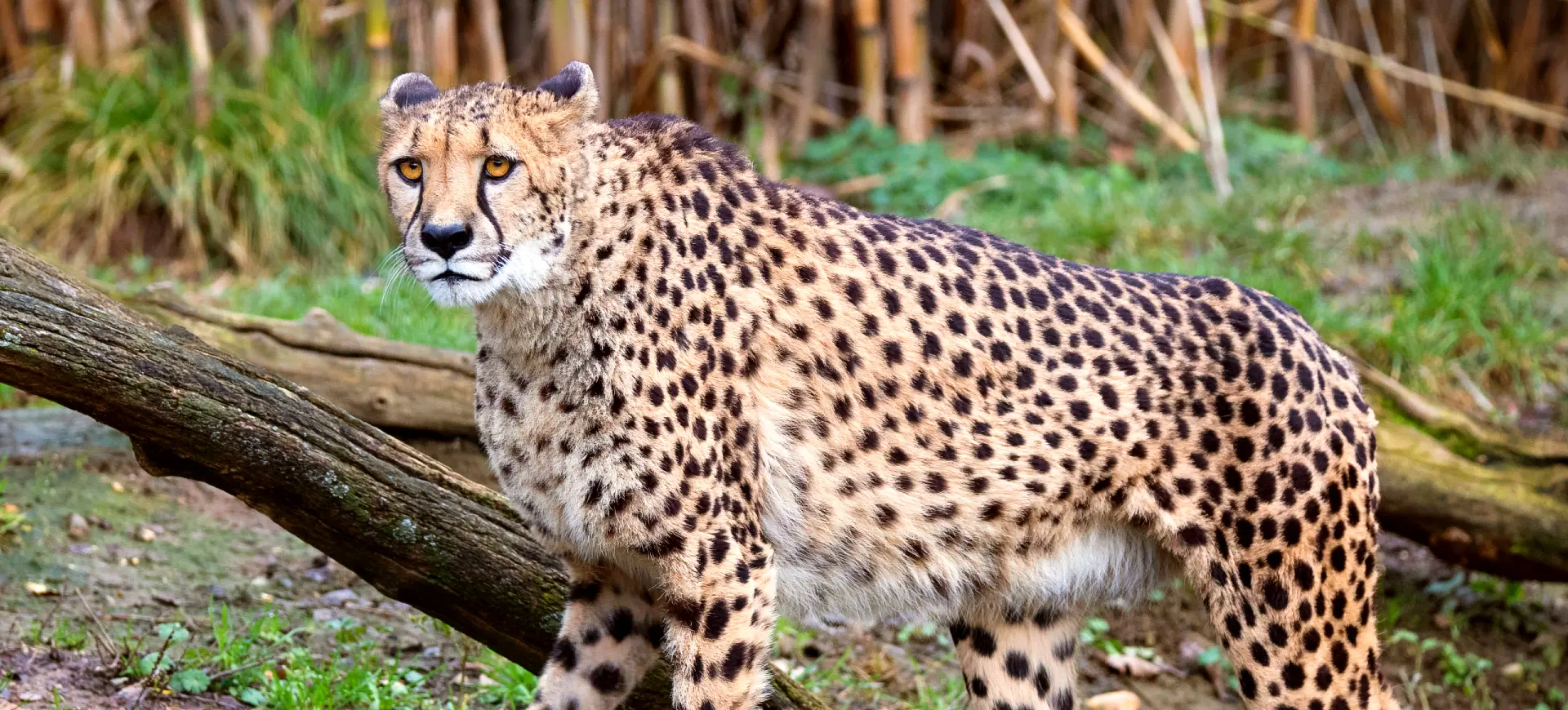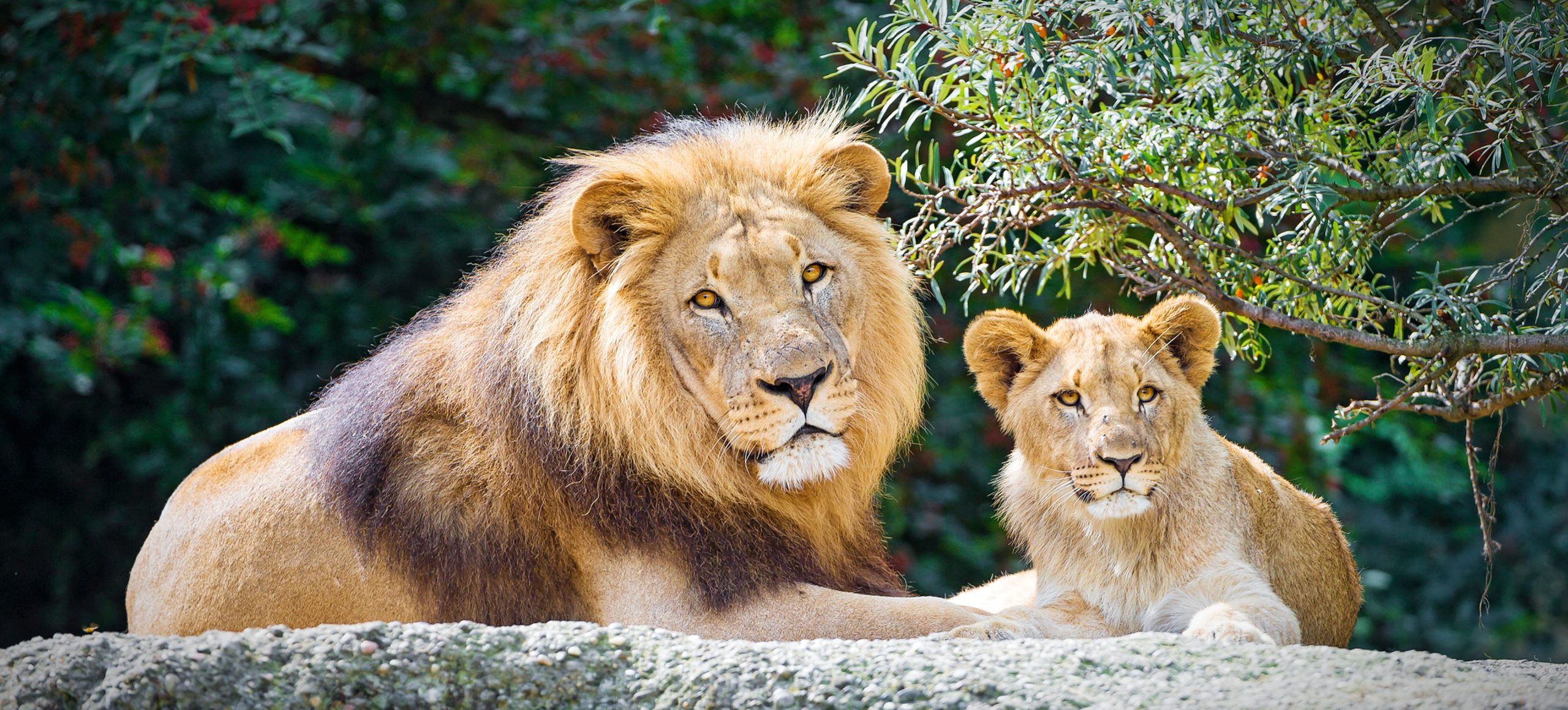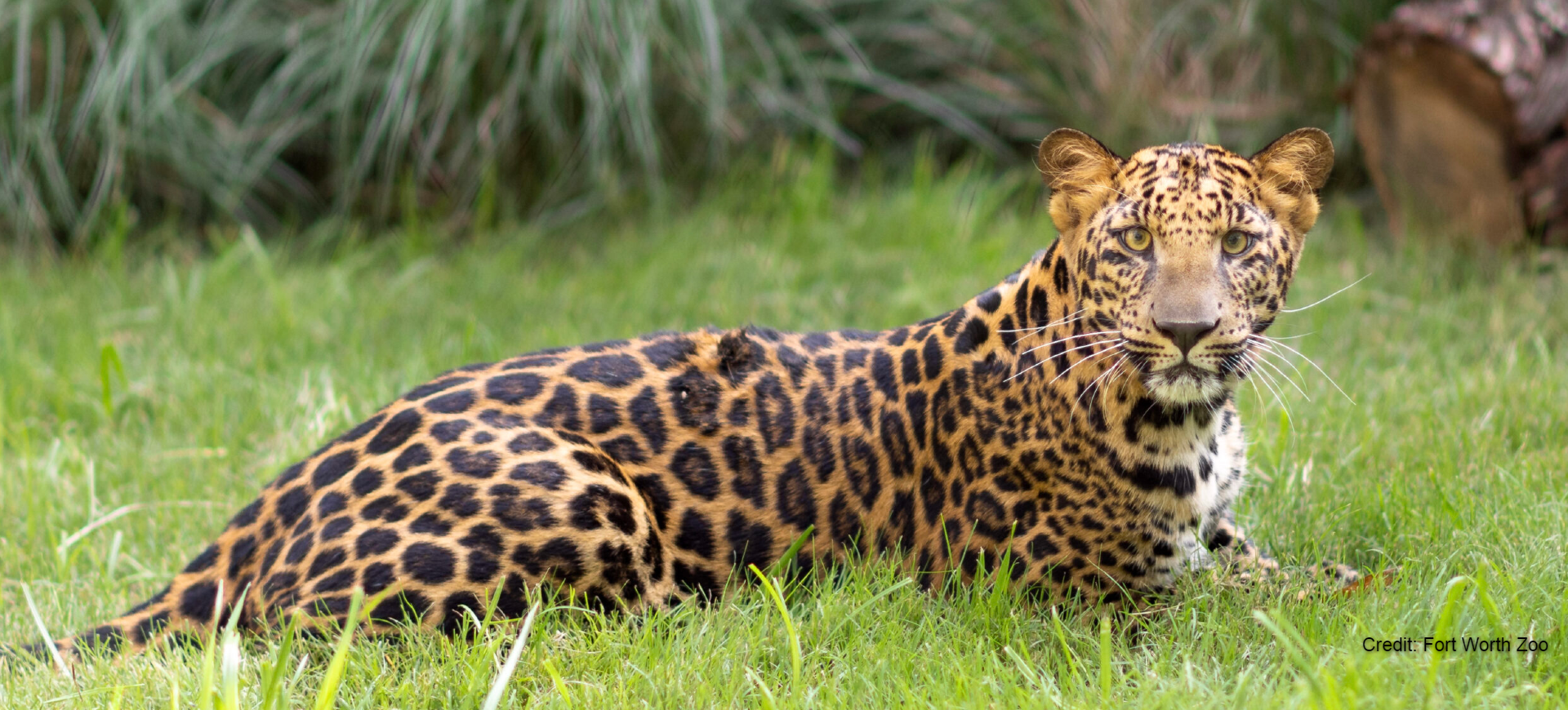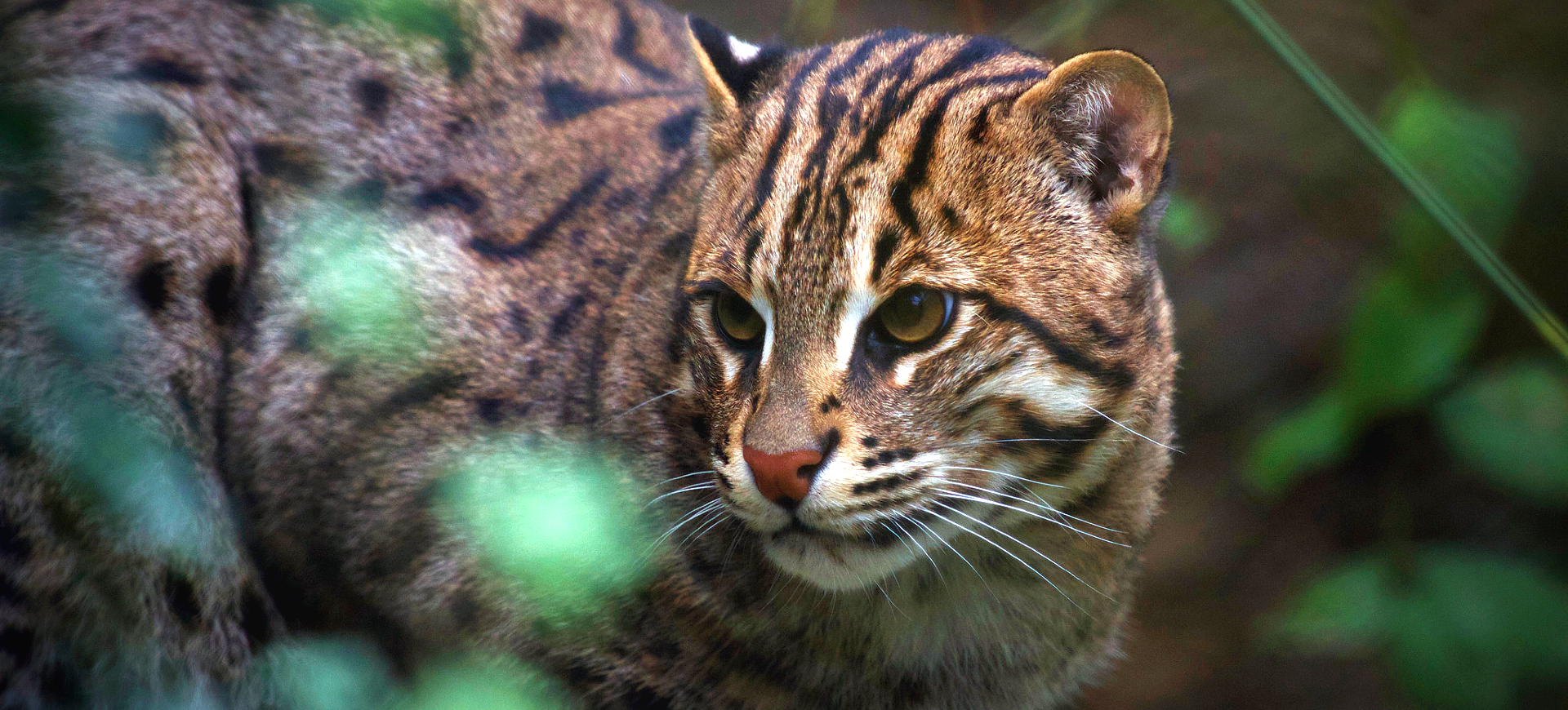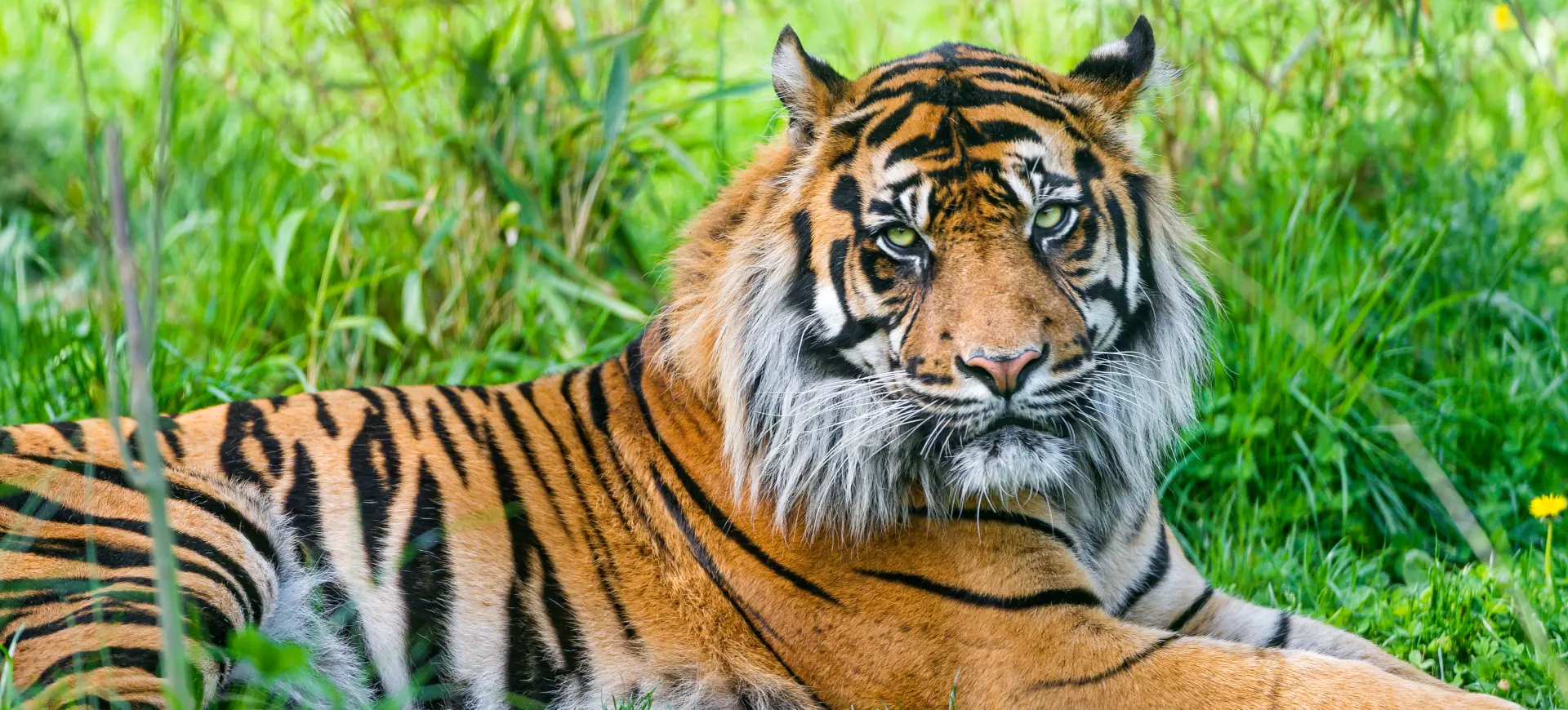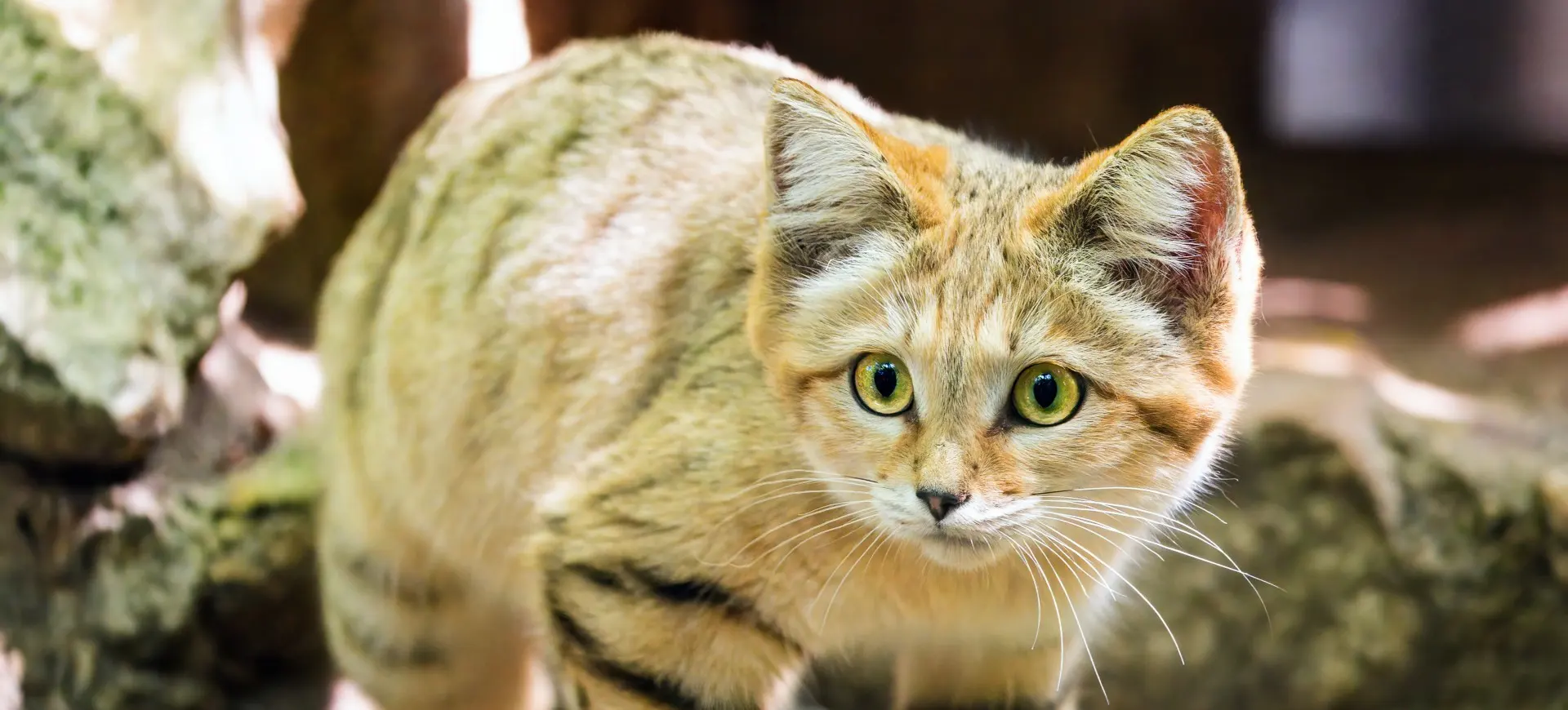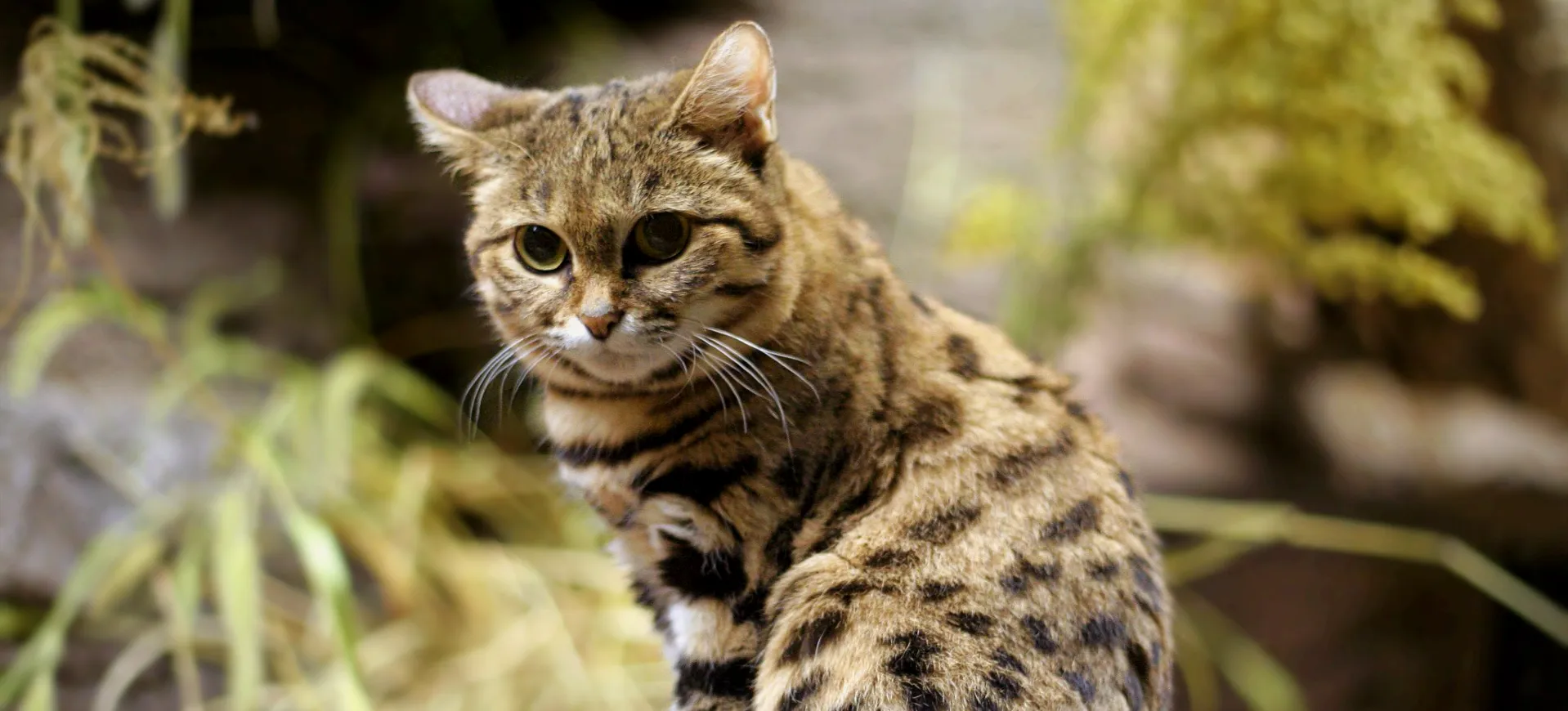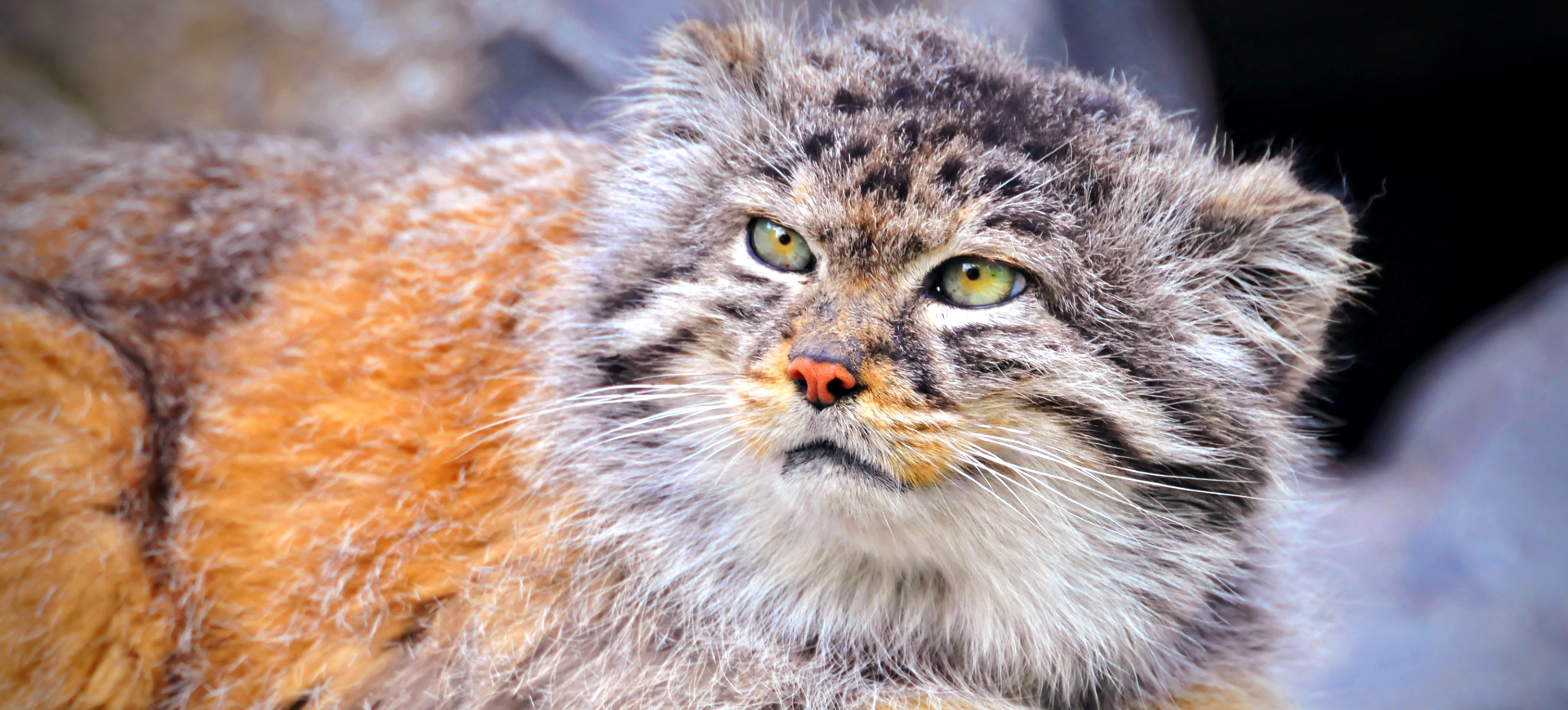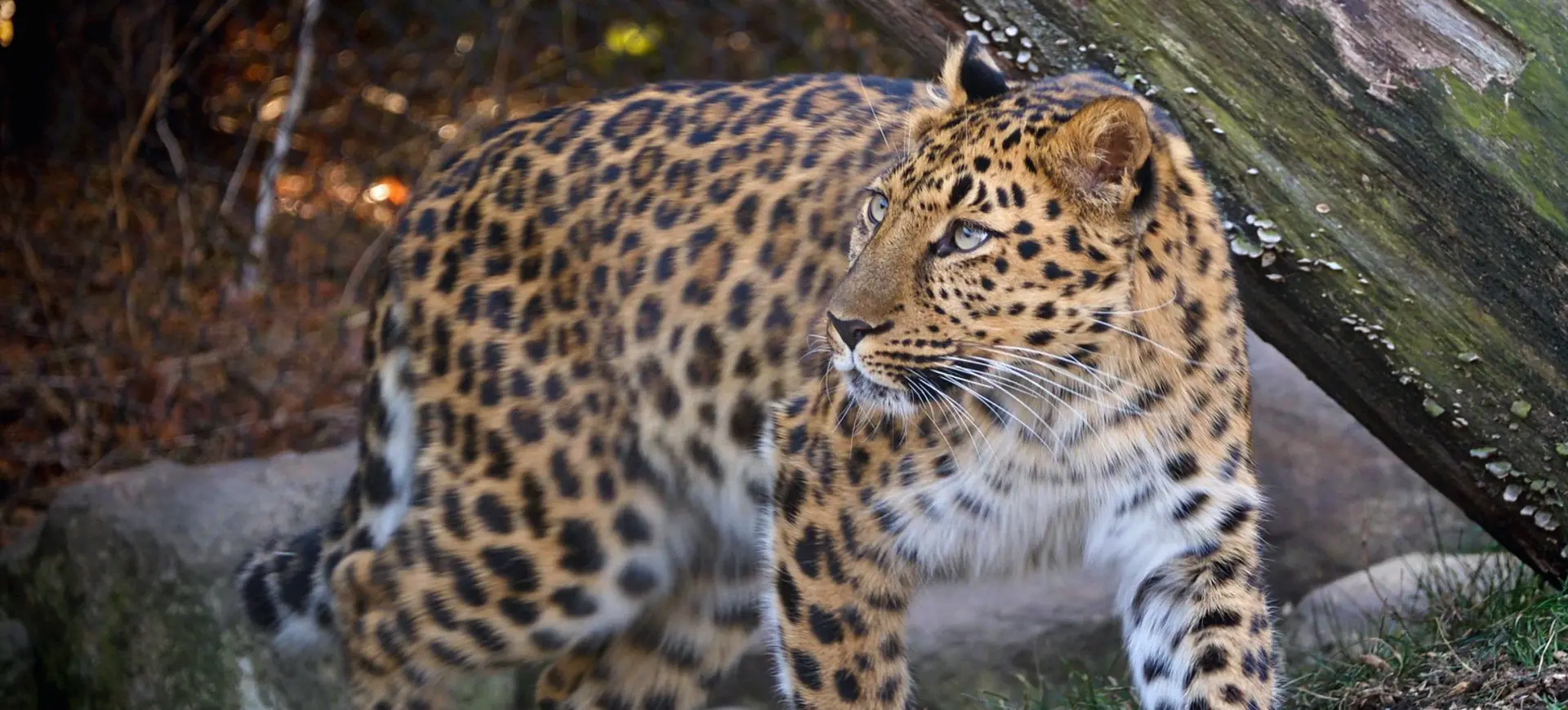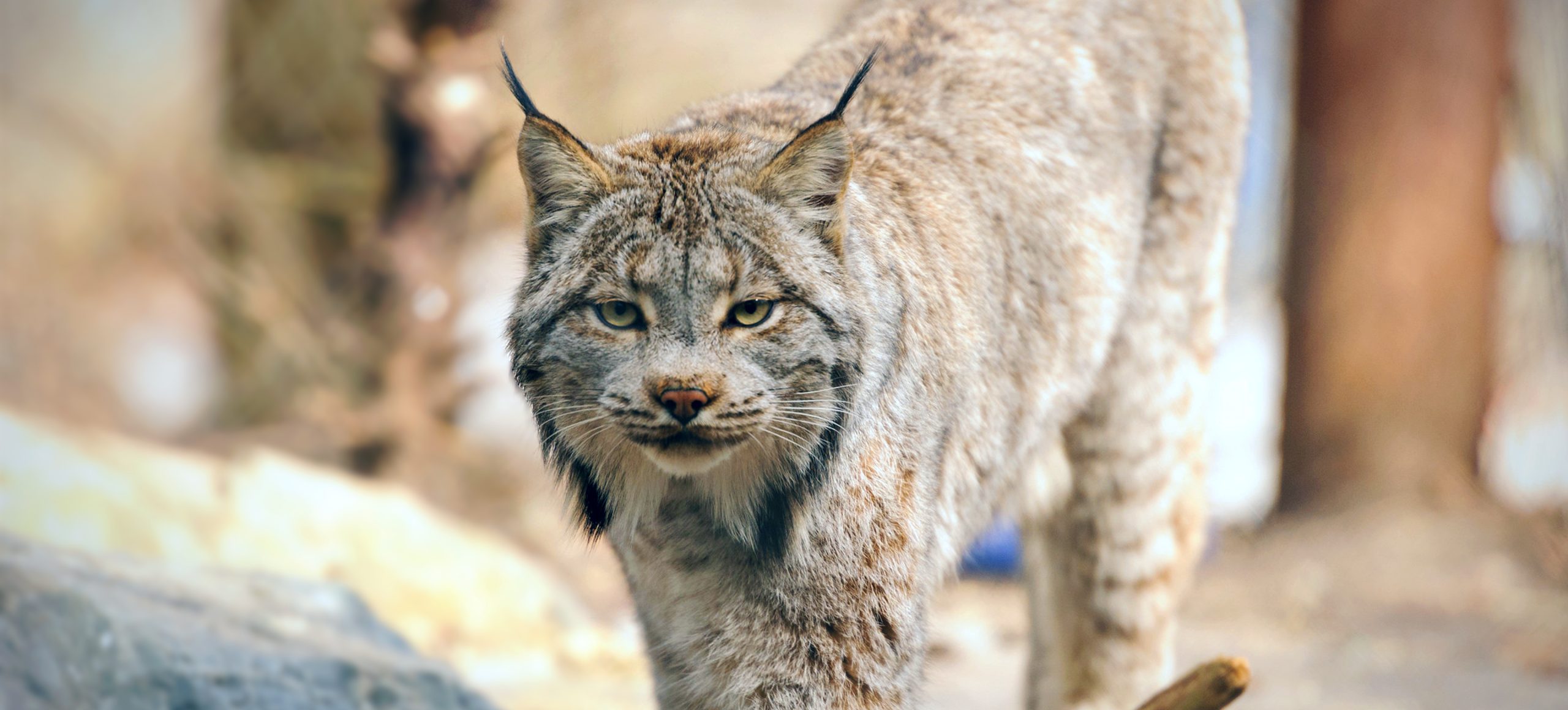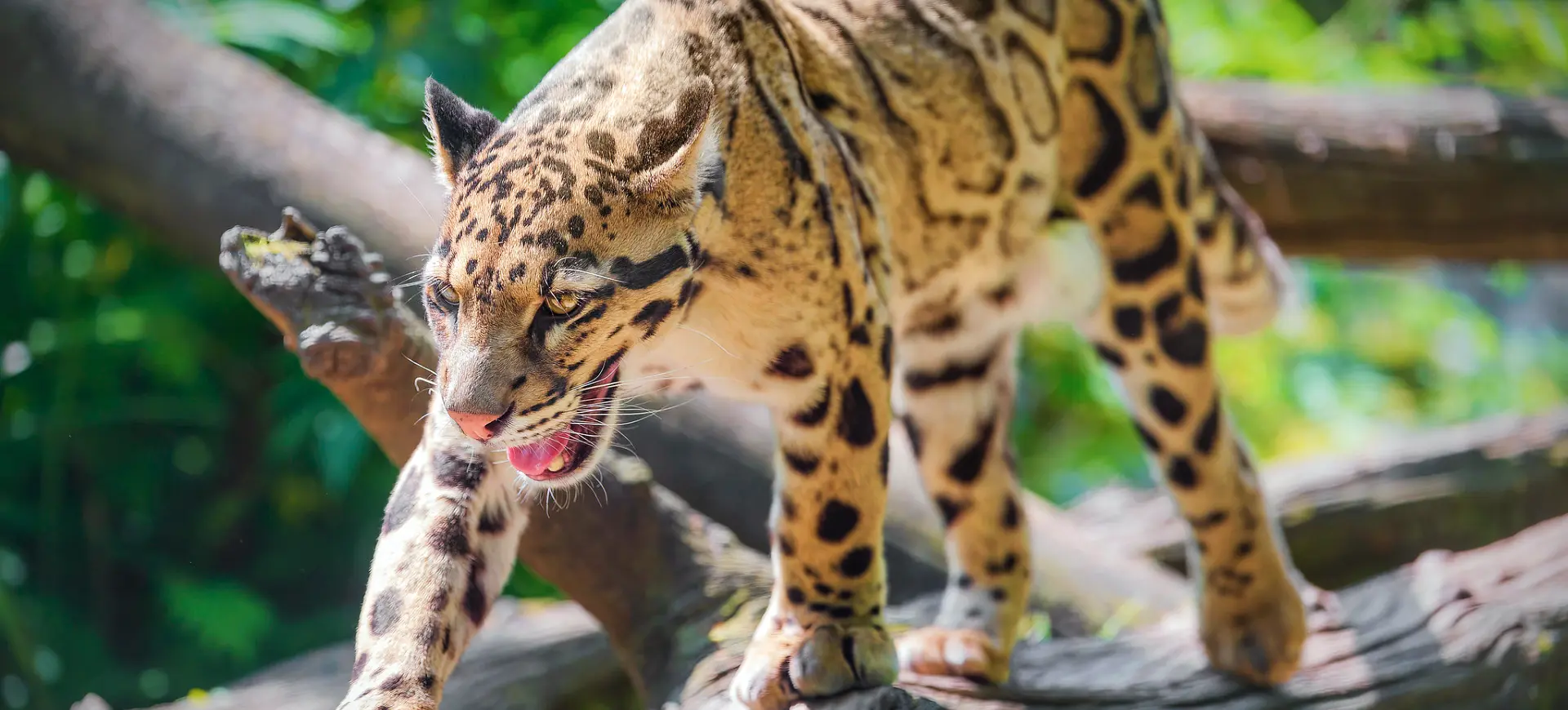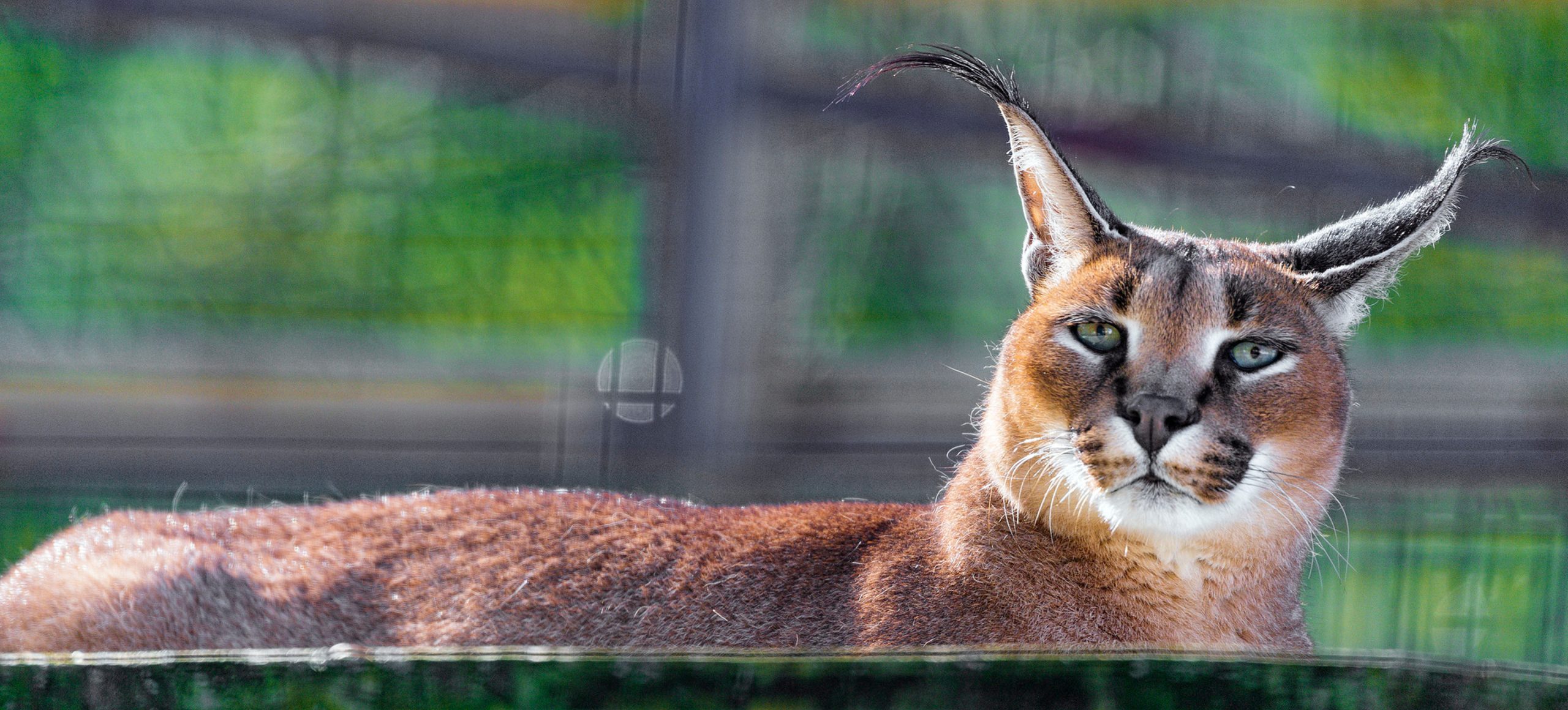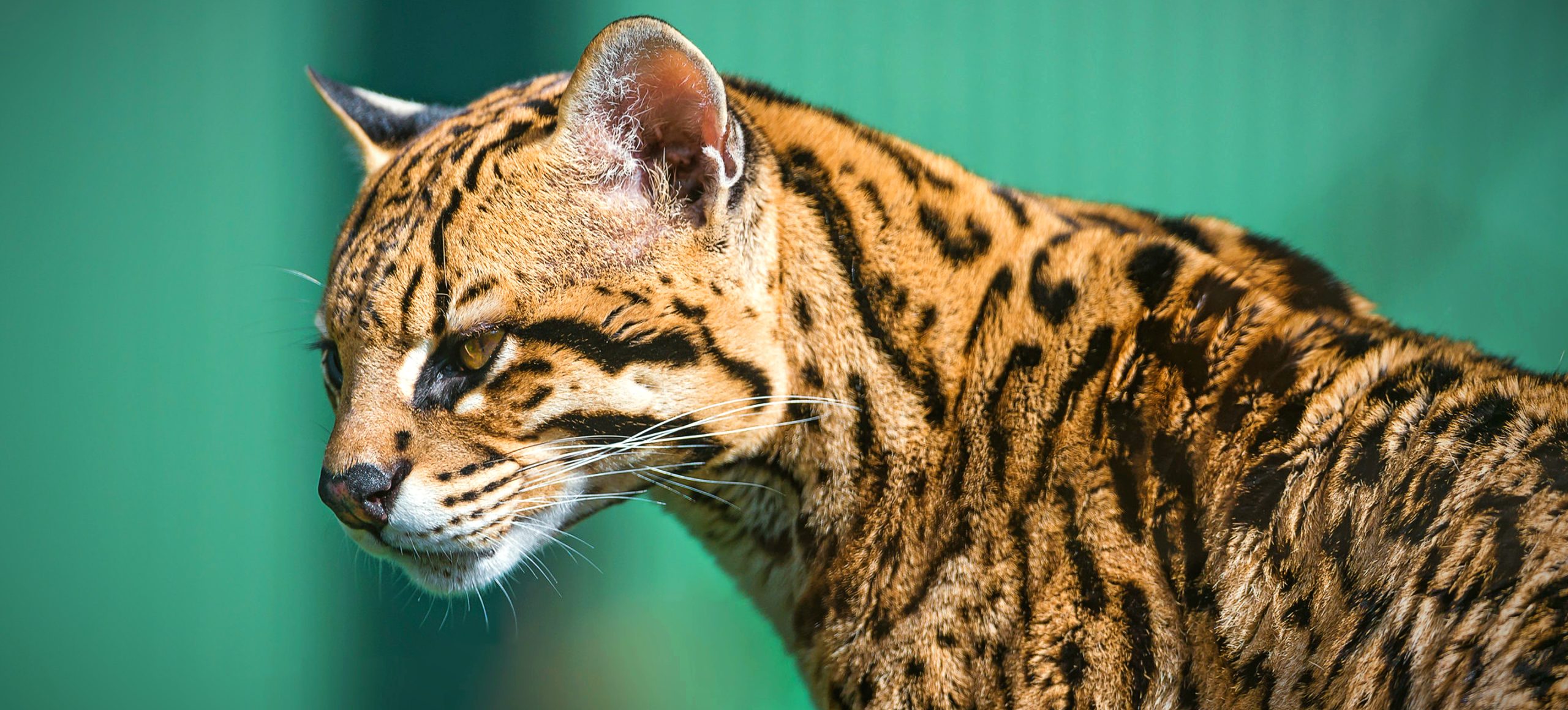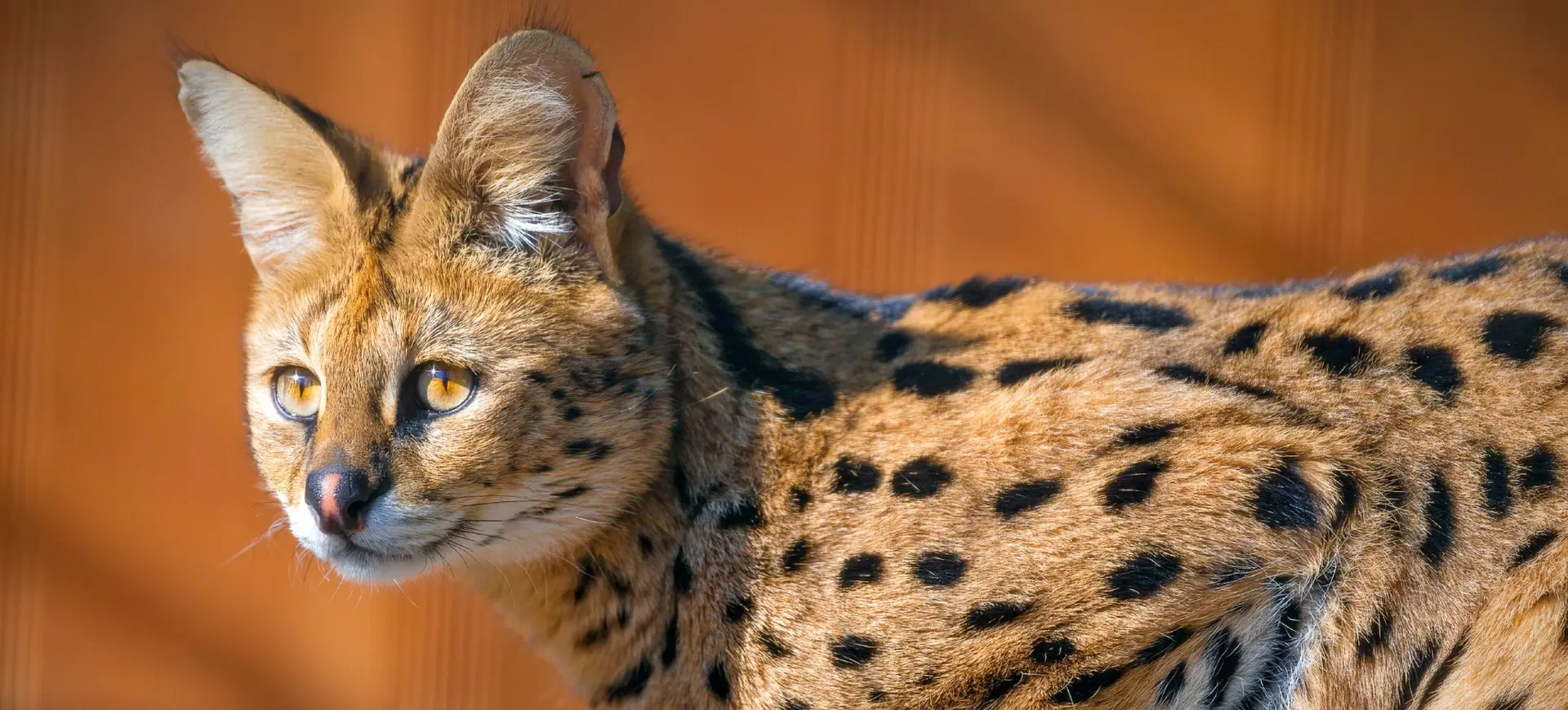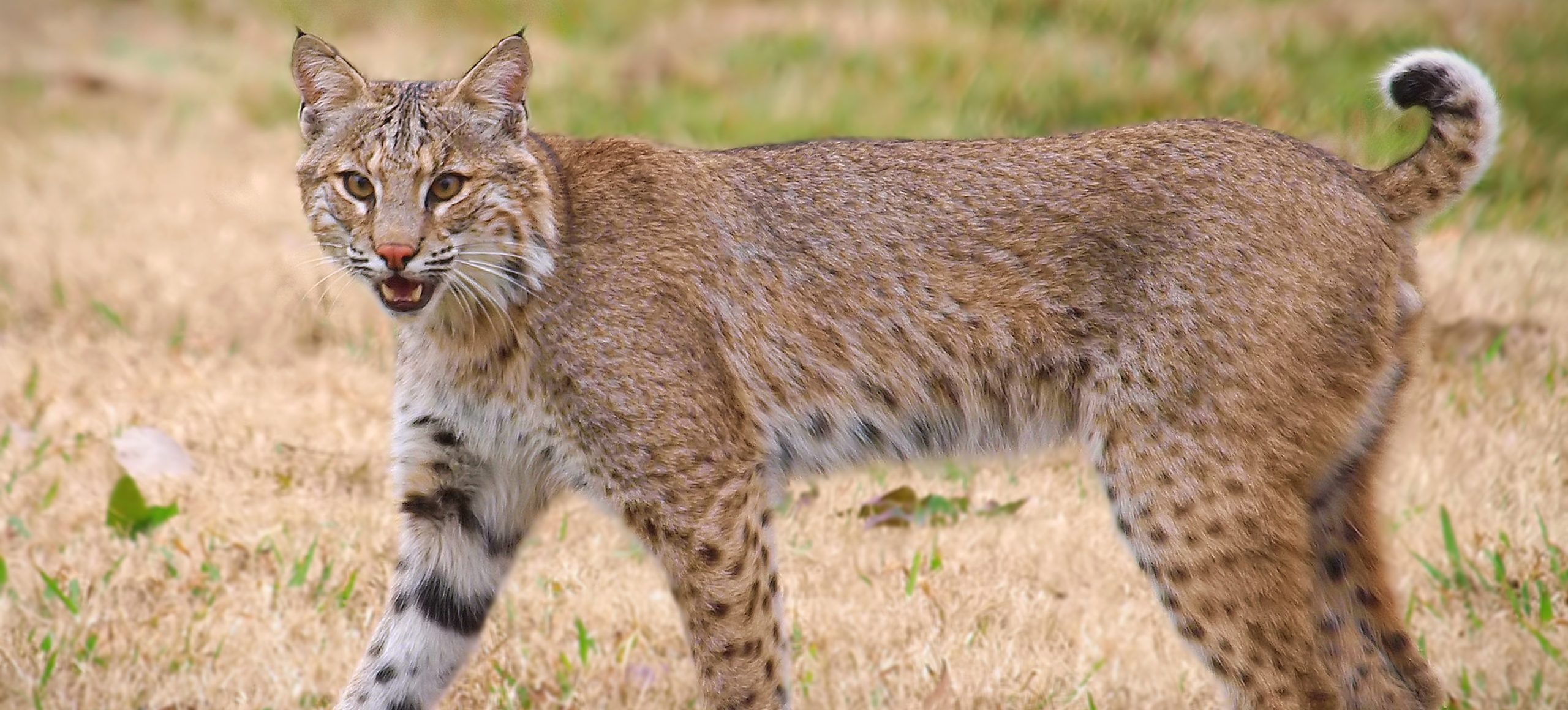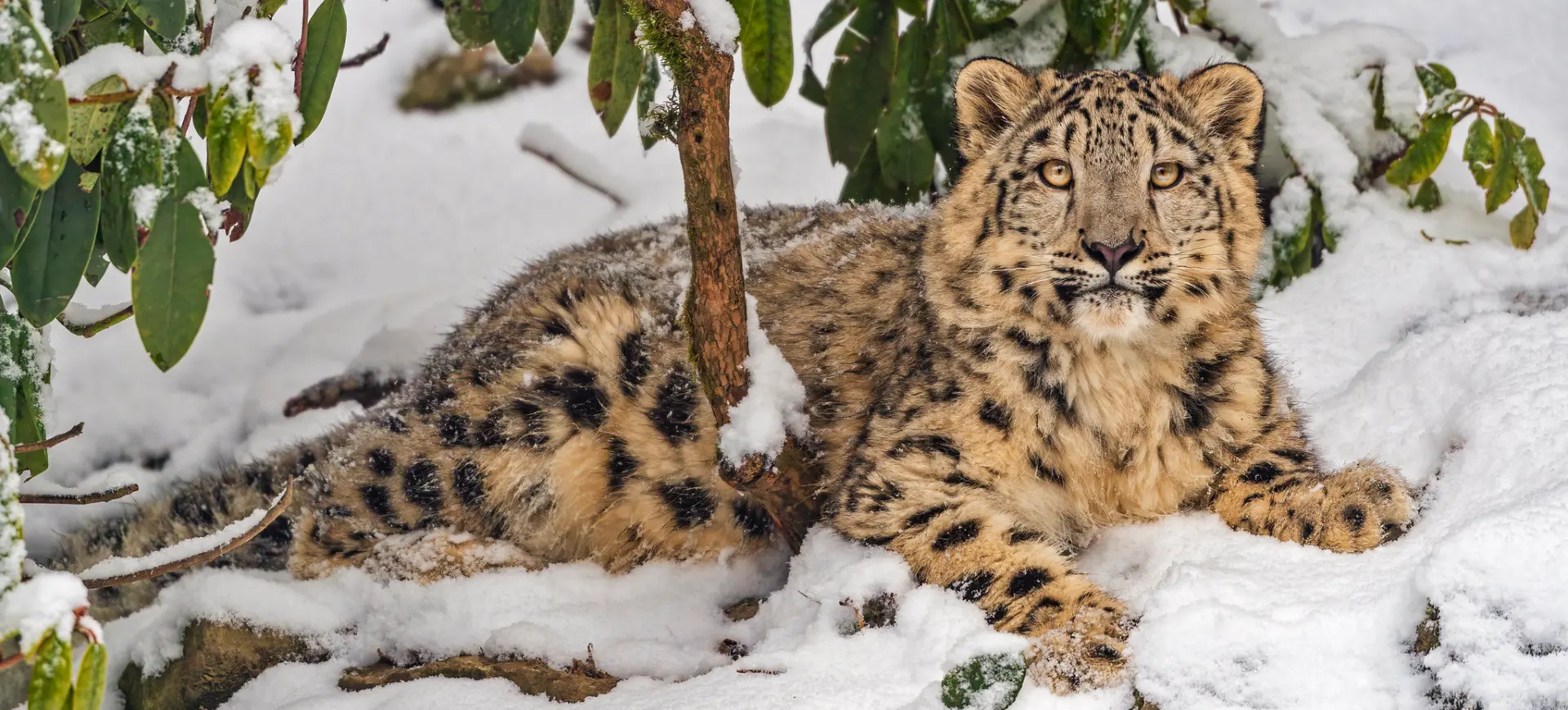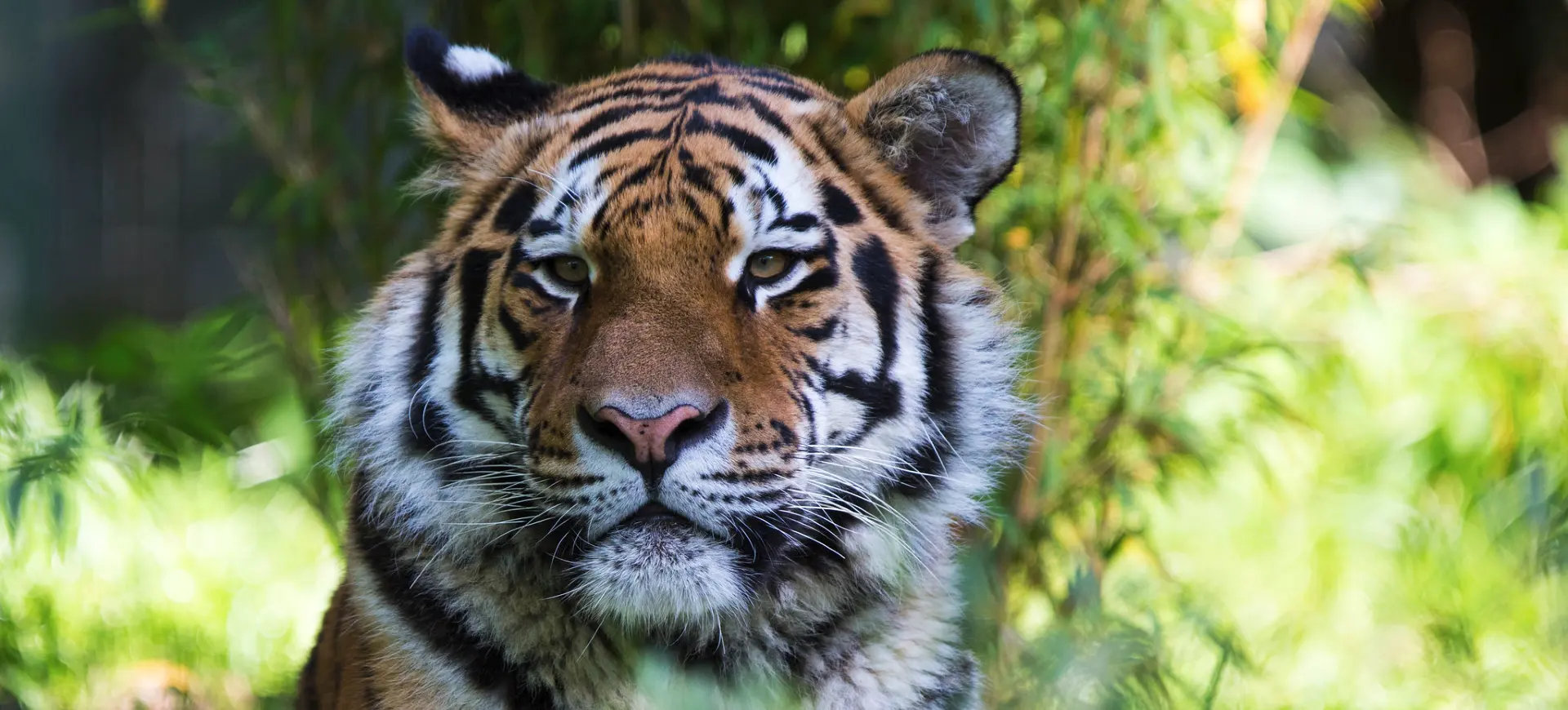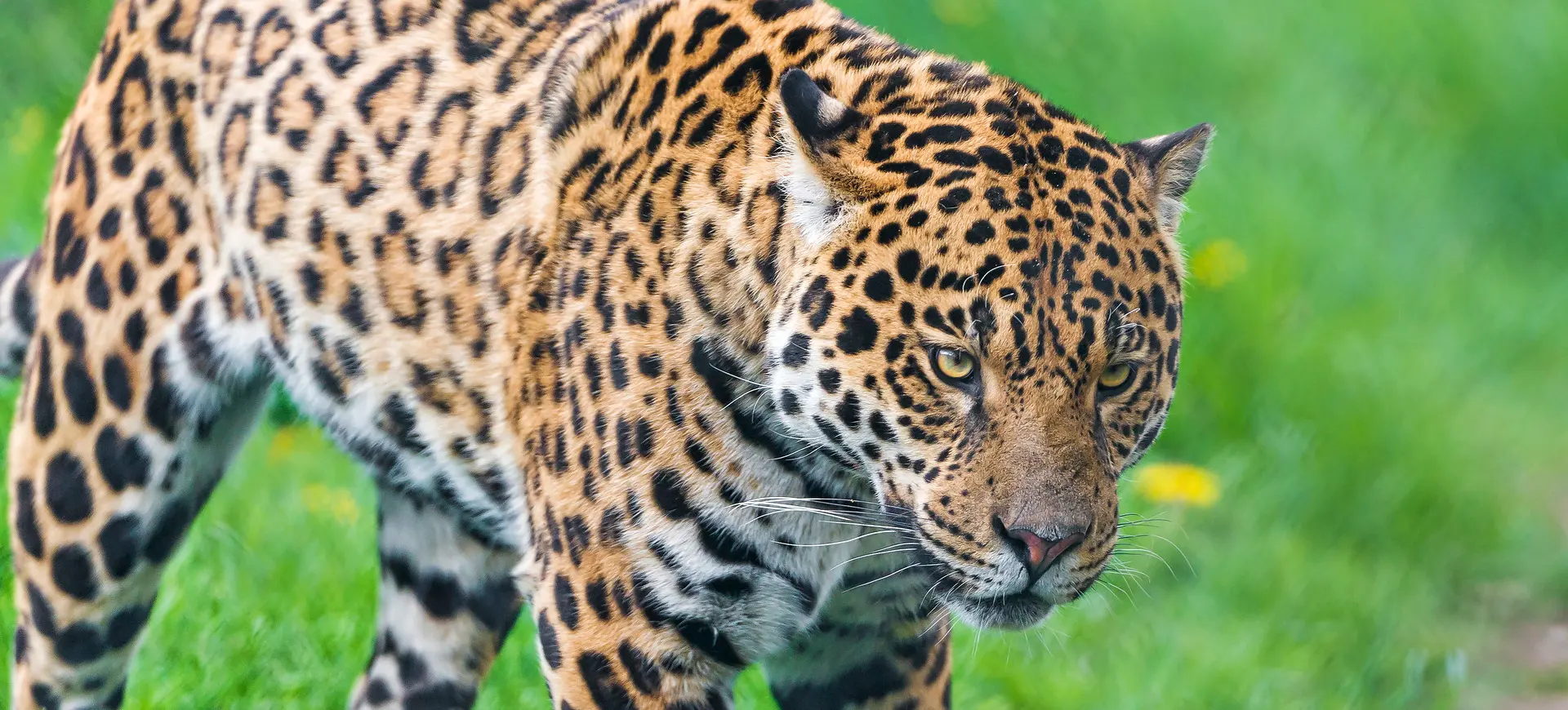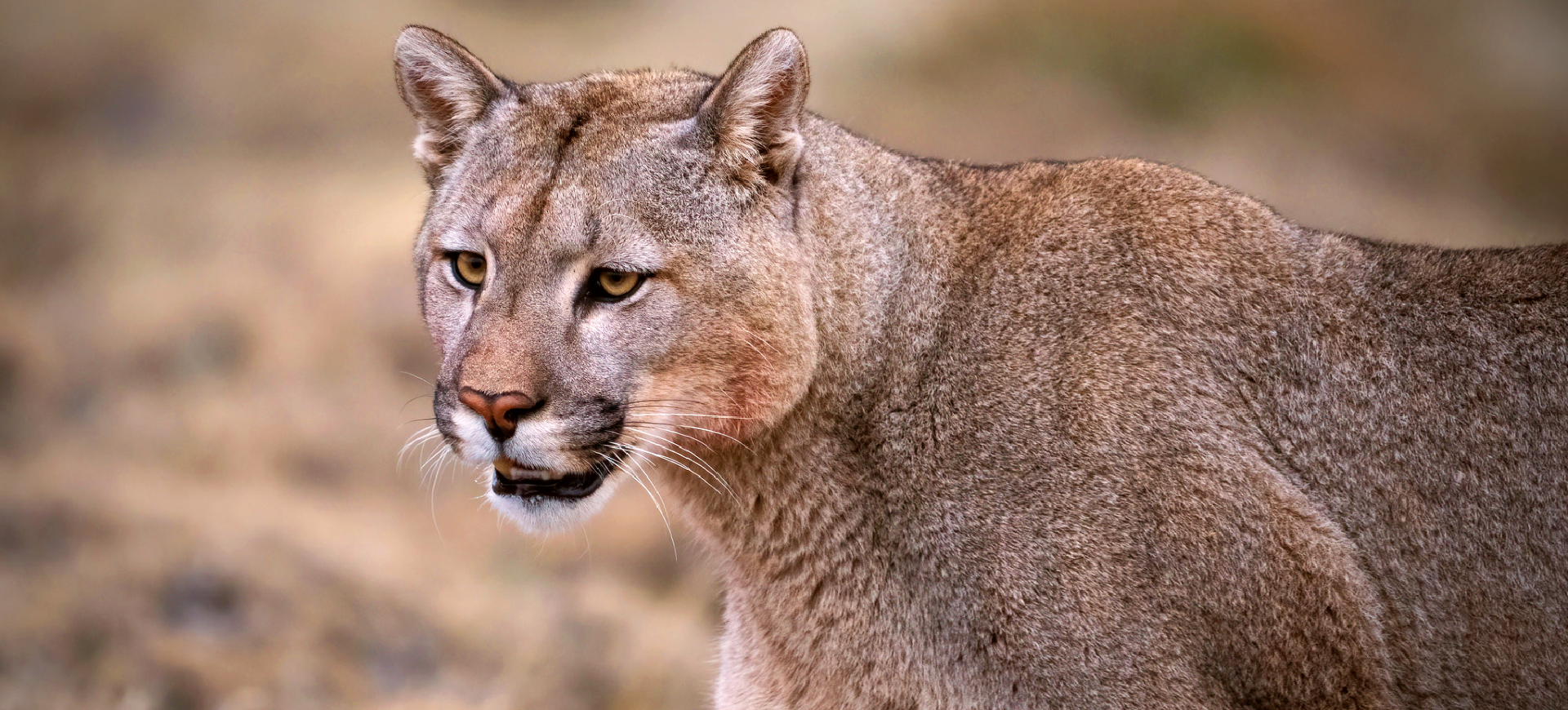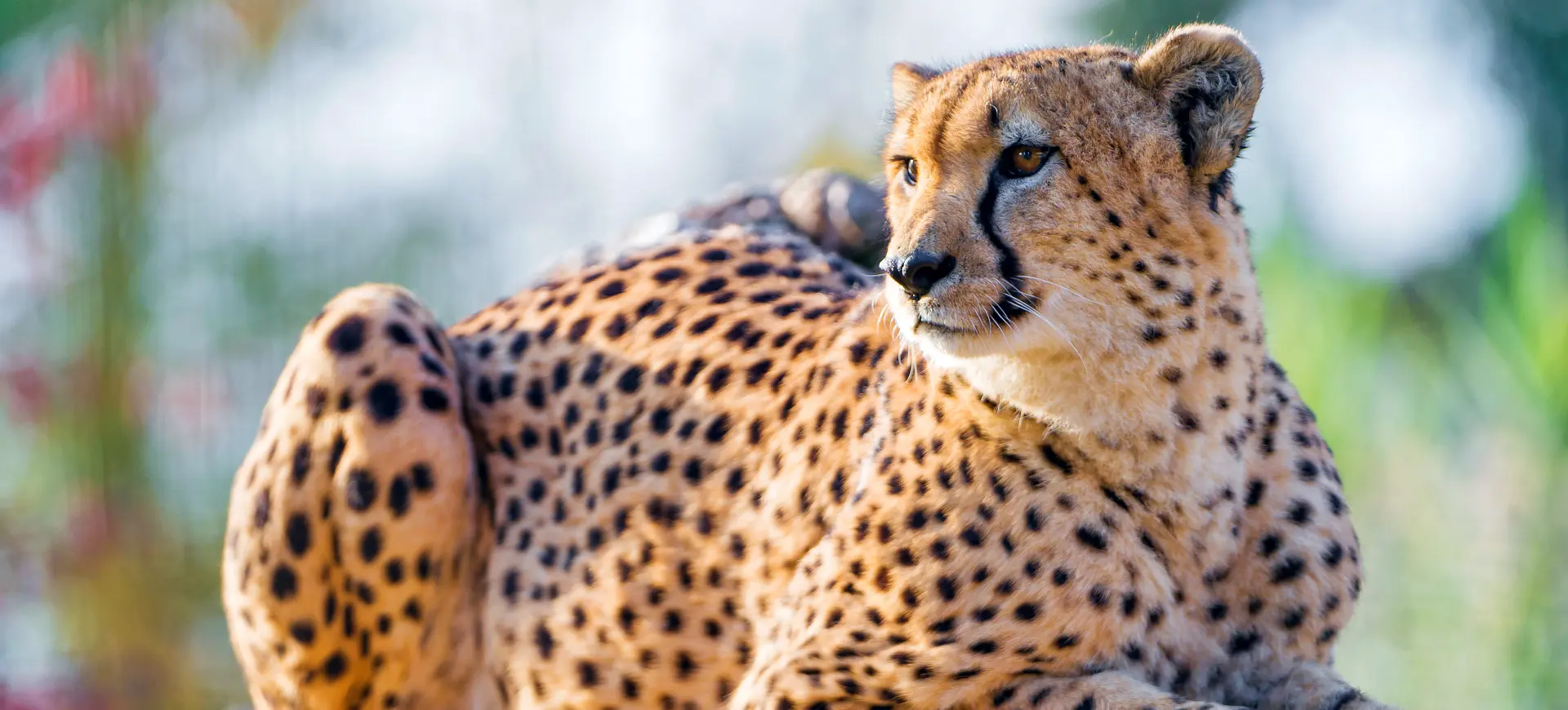Overview
The Bengal tiger (Panthera tigris tigris) is the most populous tiger subspecies and is primarily found in India. Bengal tigers are distinguished by their orange coat with black stripes, though a genetic mutation can result in a white coat. These tigers are apex predators, meaning they are at the top of the food chain in their ecosystem, and their primary diet consists of various ungulate (hoofed) species. Bengal tigers play a critical role in the ecosystems they inhabit, controlling populations of herbivores, which, in turn, influences the vegetation structure of the area.
Bengal tigers are solitary animals; each tiger has its territory, which it marks with scent and defends from other tigers. They are generally nocturnal and do the majority of their hunting at night. Their hunting strategy primarily involves stalking their prey silently to get close, followed by a rapid charge to take the prey by surprise.
In terms of size, the Bengal tiger is one of the largest tiger subspecies. Males can weigh up to 570 lbs, while females can reach up to 310 lbs. This large size allows them to take down large prey such as water buffalo, sambar deer, and gaur, but they will also consume smaller prey when necessary. The Bengal tiger’s broad diet makes it a highly adaptable predator, able to survive in various habitats ranging from dry grasslands to rainforests.
Taxonomy
Kingdom
Phylum
Class
Order
Family
Genus
Species
Sub Species
Type
Current distribution:
India holds the largest share of the world's Bengal tiger population, with the tiger being a significant symbol in Indian culture and mythology. These magnificent creatures are found nationwide in national parks and tiger reserves established to provide them with safe habitats. Key areas include the Sundarbans National Park, Ranthambore National Park, Bandhavgarh National Park, and Corbett National Park. The Indian government has implemented Project Tiger, a tiger conservation program launched in 1973 to protect tigers and their habitats. This initiative has played a crucial role in slowing the population decline of this iconic species.
However, Bengal tigers aren't restricted to India alone. They also exist in smaller numbers in neighboring countries such as Nepal, Bangladesh, and Bhutan. In Nepal, they are mainly found in the Terai Arc Landscape, which holds Chitwan National Park and Bardiya National Park. In Bangladesh, the Sundarbans mangrove forest, which it shares with India, harbors the country's primary tiger population. Bhutan also holds a small population of Bengal tigers, notably in Royal Manas National Park and Jigme Singye Wangchuck National Park. Despite their presence across these nations, their distribution remains limited, and the tiger populations in these countries are often isolated and vulnerable due to habitat fragmentation and human encroachment.
Physical Description:
The Bengal Tiger is one of the most magnificent big cats known for its striking appearance. Males typically weigh between 400 to 570 pounds (180 to 260 kg), while females are slightly smaller, weighing around 220 to 350 pounds (100 to 160 kg). Their body length ranges from 7.5 to 9 feet (2.3 to 2.7 meters) for males and 6 to 8 feet (1.8 to 2.4 meters) for females. These tigers have a muscular build, with a characteristic orange-to-yellowish coat adorned with dark, vertical stripes that provide excellent camouflage in their natural habitat.
The Bengal Tiger has strong forelimbs and sharp retractable claws, making it a fearsome predator. It also has powerful jaws equipped with sharp teeth for capturing and tearing apart its prey. The tigers’ white underbelly and black stripes running down their sides and over their face and tail make them easily distinguishable from other tiger subspecies. These tigers can reach a top speed of around 40 to 50 miles per hour (64 to 80 km/h) in short bursts.

Lifespan: Wild: ~15 Years || Captivity: ~20 Years

Weight: Male: 419-569 lbs (190-258 kg) || Female: 220-350 lbs (100-160 kg)

Length: Male: 8.8-10.8 ft (270-330 cm) || Female: 7.9-8.8 ft (240-270 cm)

Height: Male: 36-47 in (90-120 cm) || Female: 31-39 in (80-100 cm)

Top Speed: 25-40 mph (40-65 km/h )
Characteristic:
Native Habitat:
The Bengal tiger is renowned for its impressive adaptability to various environments across the Indian subcontinent. They are found in grasslands, where the tall grass provides excellent camouflage for stalking prey. The vast open spaces give the tigers enough room to leverage their speed and power during hunts, often taking down large ungulates that favor these expansive landscapes.
In addition to grasslands, the Bengal tiger thrives in subtropical and tropical rainforests characterized by high rainfall and dense vegetation. These habitats offer plenty of cover for the tiger and abundant prey. Similarly, they inhabit scrub forests, where the understory provides ideal cover for hunting. Dry and wet deciduous forests, characterized by seasonal leaf drops, also serve as suitable habitats, providing a mix of cover and openness. Moreover, the Sundarbans region of India and Bangladesh, the largest mangrove forest in the world, hosts a unique population of Bengal tigers, demonstrating their adaptability to the swampy, saline environment. Despite the vast range of habitats they can occupy, their distribution has shrunk significantly due to habitat loss and fragmentation.
Biogeographical Realms:
Continents:
Diet:
Diet & Feeding Habits:
Bengal tigers are predatory by nature. They can take down large mammals such as chital, sambar, gaur, water buffalo, and nilgai. Smaller species, such as wild boar, hares, and peafowl, are also taken as prey, although less frequently. When large prey is scarce, Bengal tigers feed on smaller species like hares, monkeys, and birds. They consume up to 40 kilograms of food at a time, followed by several days without eating.
Bengal tigers hunt primarily by stealth and do not pursue their prey when detected at a long distance. They creep slowly forward until they are within a few meters of the prey, at which point they launch a rapid, powerful charge. They kill small prey by biting the back of the neck to break the spinal cord and large prey by biting the throat to crush the trachea. They do not often consume carrion but are known to do so in times of scarcity.
Mating Behavior:
Mating Description:
Like most big cats, Bengal tigers do not have a specific mating season, and females can enter estrus, or heat, multiple times a year. During estrus, which lasts about three to six days, females signal their readiness to mate through scent marking and vocalizations. Males and females will come together to mate, often copulating multiple times over a few days to ensure fertilization. After mating, the pair will separate, returning to their solitary lifestyles.
Bengal tigers have a gestation period of around 3.5 months. Females give birth to litters of two to six cubs, blind and helpless at birth. The cubs are raised by the mother alone and will stay with her for approximately two to three years, during which they learn necessary survival and hunting skills.
Reproduction Season:
Birth Type:
Pregnancy Duration:
Female Name:
Male Name:
Baby Name:
Social Structure Description:
Bengal tigers are solitary animals and generally live and hunt alone. Each tiger establishes a territory that it defends against intruders. The size of a tiger’s territory depends on prey availability and other nearby tigers. Male territories are larger than female territories and often overlap with those of several females.
Communication between tigers is mostly via vocalizations and scent marking. Tigers mark their territories by spraying urine, which carries information about the individual’s reproductive status and dominance. They also communicate using a variety of vocalizations, including roars, growls, and chuffs (a friendly greeting).
Groups:
Conservation Status:
Population Trend:
Bengal tiger populations have experienced a steep decline due to habitat loss, prey depletion, and poaching. The largest population of Bengal tigers is found in India, with smaller populations scattered across Bangladesh, Nepal, and Bhutan. The World Wildlife Fund and the Indian government have implemented measures to protect and increase Bengal tiger populations. These measures include habitat conservation, curbing poaching and illegal trade, and promoting coexistence between humans and tigers.
Although there has been some success in conservation efforts, with a reported rise in India’s tiger population, the Bengal tiger’s overall population trend is still decreasing. It’s estimated that only around 2,500 to 3,000 wild Bengal tigers are left. Furthermore, the loss of genetic diversity due to the tiger’s fragmented and isolated populations is another significant concern.
Population Threats:
Bengal tigers face a host of threats that have led to their decline. Habitat loss due to human encroachment and deforestation is a significant threat, leading to increasingly isolated and fragmented tiger populations. This fragmentation also affects the species’ genetic diversity, making them more vulnerable to diseases.
Poaching and illegal wildlife trade is another significant threat. Despite legal protections, Bengal tigers are killed for their body parts, which are highly prized in traditional Asian medicine markets. Additionally, the reduction in the population of prey species, often due to hunting, forces tigers to venture closer to human settlements, leading to human-tiger conflict.
Conservation Efforts:
Numerous conservation efforts are underway to protect and preserve Bengal tigers. These include establishing and managing tiger reserves, enforcing anti-poaching laws, and implementing programs to protect and increase tiger prey populations. There are also efforts to promote coexistence and mitigate human-tiger conflict, such as educating local communities about tigers and providing them with tools to protect their livestock.
The Indian government has launched Project Tiger, a successful conservation program to preserve tiger habitats and curb poaching. This has increased India’s tiger population. International organizations like the World Wildlife Fund and TRAFFIC work to prevent illegal wildlife trade, promote sustainable development to reduce human impact on tiger habitats and foster international cooperation in conservation efforts.
Additional Resources:
Fun Facts
- Bengal tigers are excellent swimmers who often bathe in ponds, lakes, and rivers.
- Each tiger has a unique set of stripes, much like human fingerprints.
- Bengal tigers can consume up to 88 pounds (40 kg) of meat in one meal.
- The roar of a Bengal tiger can carry over 2 km at night.
- White tigers are a color variant of Bengal tigers caused by a recessive gene.
- Tigers have been known to imitate the call of other animals to attract prey successfully.
- Despite their large size, tigers are very agile and can jump up to 10 meters long.
- Bengal tigers have a lifespan of 8-10 years in the wild, but in captivity, they can live up to 15-20 years due to better living conditions and diet.
- Tigers are the biggest species of the cat family.
- Like many other cats, Bengal tigers enjoy the water and are good swimmers.


